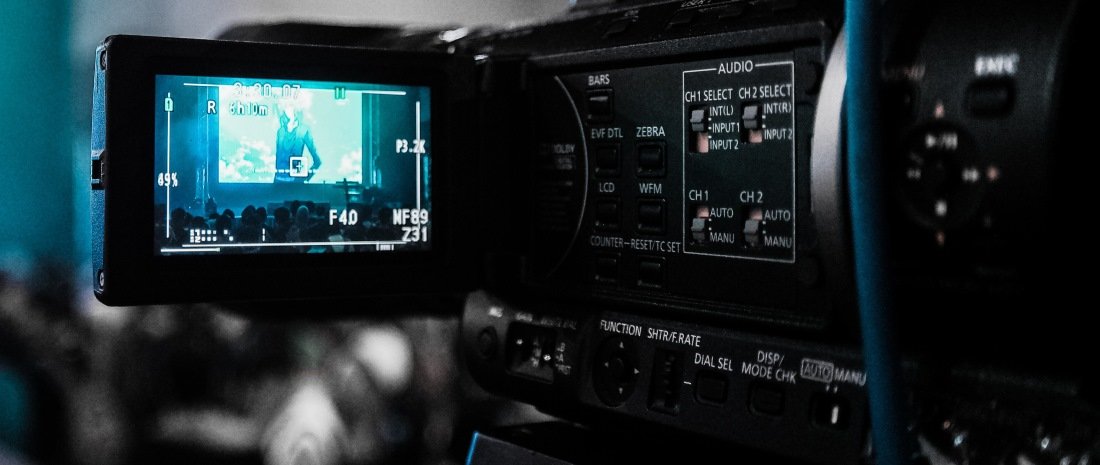
Discover best practices for installing the FTS 370d tower lighting system.
LED Flashhead Installation
- When mounting the LED flashhead, use the manufacturer’s provided hardware. Ensure at least 3 threads are visible.
- After feeding the flashhead cable into the flashhead base. Make sure the black cord grip is tight for cable support and moisture protection.
- Properly seat each conductor into the flashhead base, following the color-coded guide found on the interior terminal block.
- Allow at least 1” of the outer cable jacket to extend inside the flashhead base.
- Close the 2 outer latches after the 4 mounting feet are secured, the flashhead cable is properly terminated and the cord grip is tightened.
- Route the cable down and away from the cord grip to create a drip loop.
- Confirm the presence of a lightning rod. Flash Technology recommends mounting a lightning rod 18” away and 36” above the top of the LED flashhead.
- Use a leveling tool to ensure the flashhead is mounted level.
- Attach a minimum 8 AWG wire to the exterior lug on the base of the flashhead. Route the other end of the ground wire down and away from the flashhead and secure directly to the tower using a beam clamp. Ensure there are no sharp bends in the ground wire and use an anti-corrosive agent on both ends of the wire.
Note: FAA AC 70-7460-1L states that no object wider than 7/8” can block the flashhead.
- Install a service loop close to the LED flashhead. Secure the loop to the tower using the 2-3-4 tape method with a minimum of 2 points of security.
- Use the provided 2” black tape and 1” filament tape to secure the cables to the tower leg.
- Don’t exceed 5’ in between taping sections.
- Create a 1-3” gap between any extended edge or flange.
- Tape approximately 6” above and below each flange to hold the flange stress relief in place.
Junction Boxes
- Mount the marker junction box on the tower at the same level as the L-810 side marker lights. Use the provided hardware to mount the j-box to the structure.
- Secure the 2 outer latches for moisture protection after the wiring is complete.
- Connect a minimum 8 AWG wire to the pre-installed lug in the j-box.
- Route the other end of the wire directly to the tower using a beam clamp.
- Apply an anti-corrosive agent on both ends of the wire.
- When connecting the marker cable to the j-box, match the color-coded guide provided on the connectors to avoid system damage.
- Red wire to red terminal
- Black wire to black terminal
- Drain wire to GND terminal
- Route the LED flashhead cable through the 1/2″ cord grips at the bottom of the enclosure and secure to the color-coded terminal block.
- Place a service loop for the cable run from the controller to the J-box, and another loop for the cable run from the j-box to the flashhead.
L-810 Side Marker Light and Cable Installation
- Feed the provided adjustable band-straps through the holes in the marker base and mount the LED marker to the tower leg.
- After wiring is complete, close the access plate and tighten the cord grip for cable support and moisture protection.
- Using the 2-3-4 tape method, run the marker cable to avoid being stepped on or damaged.
Lighting Controller Installation
- Connect the LED flashhead cable to TB2 on the bottom left of the controller.
- Ensure you follow the color-coded tabs on the terminal block to avoid system damage, and allow at least 1” of the outer jacket to extend inside the controller.
- Use a 2 AWG wire to connect to the internal grounding lug.
- Stranded or solid conductors are acceptable, but generally only use stranded wire for indoor installations and the solid conductor for outdoor installations.
- If installing the controller indoors, route the other end of the 2 AWG ground wire directly to the nearest downlink exiting the shelter using compression fittings.
- If installing the controller outdoors, bond the ground wire directly to the site grounding ring using exothermic welding (CADWELD).
- If installing multiple controllers, Flash Technology recommends a collective buss bar.
- Always route the ground conductors down and away from the controller and avoid creating sharp bends in the wire.
- Secure the ground wire using non-metallic fasteners like plastic, nylon or wax ties.
- Use 2-hole double crimp lugs when attaching to a grounding buss bar.
- Use an anti-corrosive agent on both ends of the wire.
- The external mode change device (photodiode) connects to the surge board at the bottom of the controller. This is a polarity sensitive connection so match the wire colors as shown above the pin 6 connector.
- Mount the photodiode upright on rigid conduit, using the 1/2″ threaded base for moisture protection. Face the light collector north and away from artificial light sources.
- Take care to mount the photodiode low enough to allow for future testing.
- The input voltage wires into TB1 on the bottom right of the controller.
- Connect input power to L1, L2 and Ground. Ensure no wires are loose or frayed.
- If installing multiple controllers, Flash Technology recommends daisy-chaining power from controller #1 to each subordinate controller.
